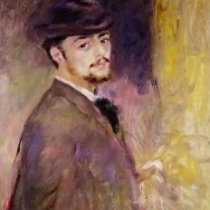 1841 - 1919
impressionism
1841 - 1919
impressionism
Description Pierre Auguste Renoir
Pierre-Auguste Renoir, born in Limoges, France, in 1841, emerged as one of the leading figures of the Impressionist movement, infusing his canvases with a radiant celebration of life. His artistic journey, marked by resilience, innovation, and an unwavering commitment to capturing the beauty of the everyday, unfolded amidst the social and artistic upheavals of 19th-century France.
Renoir's early years were shaped by economic hardships, yet his artistic passion led him to apprenticeships in porcelain factories and, eventually, art schools. His encounter with fellow aspiring artists, including Claude Monet and Alfred Sisley, laid the groundwork for the revolutionary Impressionist movement.
The hallmark of Renoir's style was his ability to capture the transient effects of light and color with a distinctive warmth. His subjects, often scenes of leisure and joy, exuded an infectious vitality. The famed "Luncheon of the Boating Party" and "Dance at Le Moulin de la Galette" stand as testaments to his skill in conveying the spirit of conviviality.
Renoir's approach to portraiture was equally transformative. His depictions of luminous, rosy-cheeked figures, such as in "Madame Charpentier and Her Children," redefined the genre. His mastery of capturing the subtleties of skin tones and the play of light on fabrics became a hallmark of his portraiture.
Despite his success, Renoir faced critical backlash for his departure from traditional academic techniques. Undeterred, he continued to evolve, incorporating elements of classical art and exploring diverse themes. His travels to Algeria and Italy enriched his artistic palette and expanded the thematic scope of his work.
In the latter part of his career, Renoir's style underwent a significant transformation. Afflicted by rheumatoid arthritis, he adapted by using a brush strapped to his wrist. This period, often referred to as his "late style," saw a shift towards more linear and sculptural forms, evident in works like "Bathers."
Renoir's impact extended beyond the canvas. His role as a mentor to younger artists, including Édouard Manet and Henri Matisse, showcased his influence on the trajectory of modern art.
Pierre-Auguste Renoir passed away in 1919, leaving behind a legacy that transcends the confines of Impressionism. His paintings, with their luminosity, humanity, and celebration of life, remain timeless invitations to savor the beauty embedded in the ordinary. Renoir's enduring legacy is not just a testament to his artistic prowess but also a celebration of the profound impact of an artist who painted with an unwavering passion for the simple joys of existence.
Gallery
Paintings Pierre Auguste Renoir
Quotes
The pain passes, but the beauty remains.
Why shouldn't art be pretty? There are enough unpleasant things in the world.
To my mind, a picture should be something pleasant, cheerful, and pretty, yes pretty! There are too many unpleasant things in life as it is without creating still more of them.
The artist must live for his work, not for the result.
For me, a picture should be a pleasant thing, joyful and pretty—yes, pretty! There are too many unpleasant things in life as it is without creating still more.


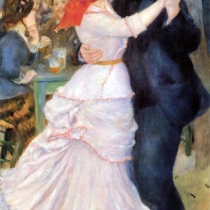
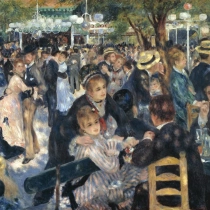





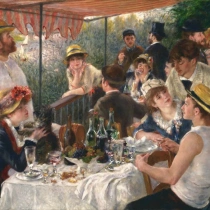
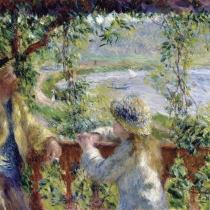
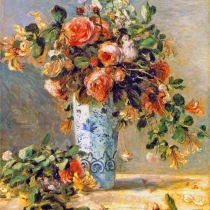
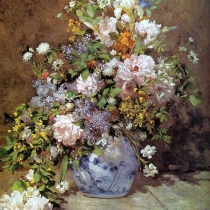
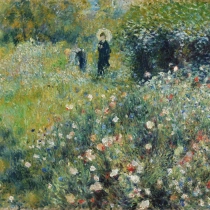



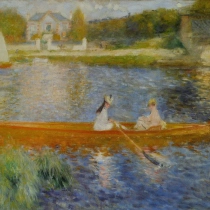


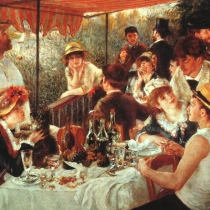
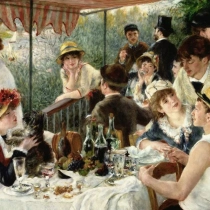

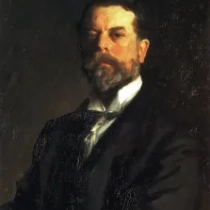
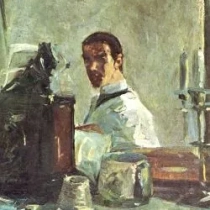
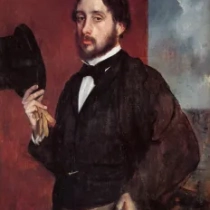



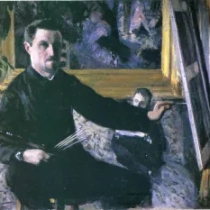






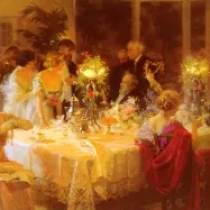





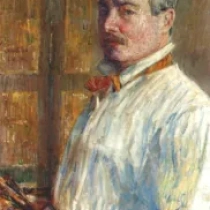
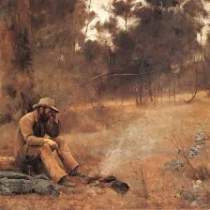

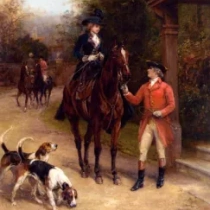

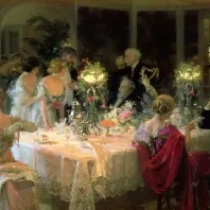
No Comments Yet...